Introduction
As pioneers in the field of photonics, we recognize the vital role that materials like Ti3+: Al2O3 play in enabling a wide range of optical applications. Our understanding of this compound’s exceptional optical properties has facilitated significant advancements in technologies such as lasers, optical fibers, and other optical devices.
The Uniqueness of Ti3+: Al2O3
Ti3+: Al2O3, commonly referred to as Titanium Sapphire, exhibits unmatched properties that make it indispensable in optics. The crystal is well-known for its wide emission tuning range, high saturation power, and exceptional thermal conductivity. These unique characteristics place Titanium Sapphire at the forefront of many innovative optical applications.
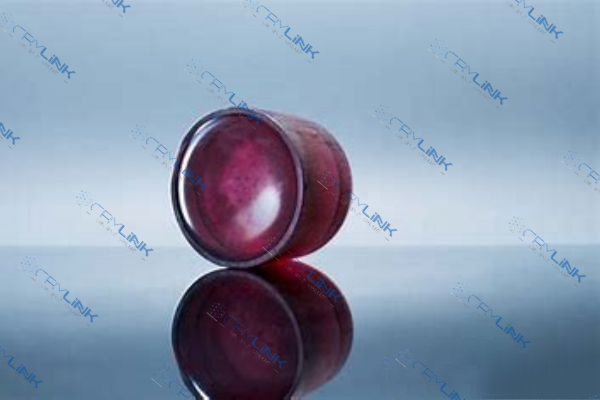
The Wide Emission Tuning Range
In the realm of optical materials, the emission tuning range of Ti3+: Al2O3 is simply unparalleled. The crystal exhibits a broad emission spectrum, ranging from approximately 660 to 1050 nm. This wide emission tuning range facilitates its use in versatile applications, allowing for flexible adjustment of wavelength outputs.
High Saturation Power
The ability of Ti3+: Al2O3 to handle high-power levels without damage is another noteworthy property. The compound’s high saturation power is a critical attribute that enables its use in powerful lasers and other high-intensity optical systems.
Exceptional Thermal Conductivity
Thermal conductivity is another crucial factor in the performance of optical devices. Ti3+: Al2O3 stands out due to its high thermal conductivity, ensuring stability and efficiency even in demanding conditions. This feature prevents overheating, enhancing the reliability and lifespan of devices using this material.
High Optical Damage Threshold
One of the most striking characteristics of Ti3+: Al2O3 is its high optical damage threshold. The robustness of this material allows it to withstand intense levels of light without suffering degradation. This high damage threshold makes it particularly suited for use in high-power applications like lasers and amplifiers.
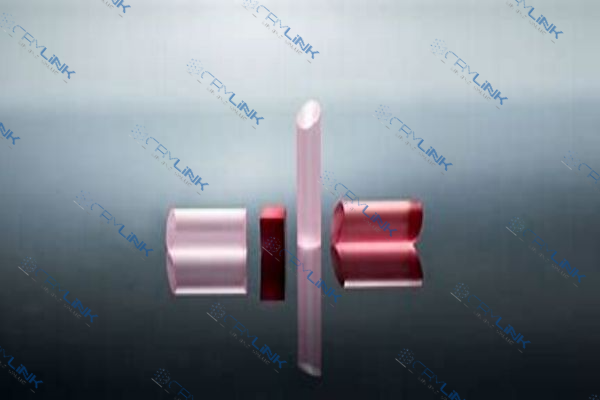
Large Stimulated Emission Cross-Section
Another unique aspect of Ti3+: Al2O3 is its large, stimulated emission cross-section. This property enables efficient light amplification, which is crucial in the operation of lasers and other optical devices. The large, stimulated emission cross-section of this material contributes to its superior performance in these applications.
Broad Absorption Bands
Ti3+: Al2O3 also exhibits broad absorption bands, allowing it to absorb light over a wide range of wavelengths. This characteristic is particularly valuable in applications such as solar cells and optical sensors, where the absorption of light at various wavelengths is required.
Excellent Mechanical Properties
Beyond its optical attributes, Ti3+: Al2O3 also possesses excellent mechanical properties. The material is both durable and stable, making it suitable for use in harsh environments or demanding applications. These mechanical properties further extend the range of potential applications for this unique material.
Versatility and Adaptability
The versatility and adaptability of Ti3+: Al2O3 are perhaps its most unique aspects. The broad range of optical, thermal, and mechanical properties it exhibits makes it adaptable to a variety of applications. This versatility, combined with its exceptional performance, cements the uniqueness of Ti3+: Al2O3 in the world of optical materials.
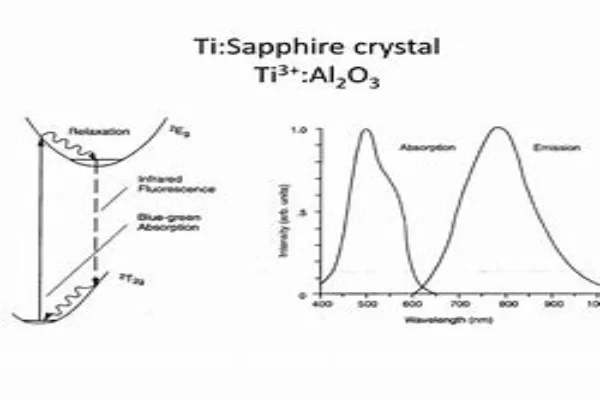
Use of Ti3+: Al2O3 in Lasers
Ti3+: Al2O3 is a key player in the world of lasers, specifically, in the construction of tunable lasers. The vast tunability and high gain bandwidth of Titanium Sapphire allow to produce ultrafast pulses, making it the material of choice in many scientific and industrial applications.
Ti3+: Al2O3 in Ultrafast Lasers
In the field of ultrafast lasers, the ability to generate short pulses of light is crucial. Ti3+: Al2O3 has become the preferred choice for many researchers due to its ability to produce such pulses. Its broad emission tuning range enables the generation of ultrashort light pulses, making it an integral part of ultrafast laser systems.
Ti3+: Al2O3 in Continuous-Wave Lasers
When it comes to continuous-wave lasers, the robustness and longevity of the active laser medium are critical. Thanks to its high saturation power and excellent thermal conductivity, Ti3+: Al2O3 effectively manages heat dissipation. This makes the material a favorite in the construction of these lasers, ensuring their efficient, stable operation.
Ti3+: Al2O3 in Pulsed Lasers
In pulsed lasers, the need for high peak power output and precision timing is paramount. The wide emission tuning range and high saturation power of Ti3+: Al2O3 cater to these needs, making it a go-to material for these high-intensity, precision-demanding applications.
Future Developments in Laser Technology with Ti3+: Al2O3
As we advance further in laser technology, it is clear that Ti3+: Al2O3 will continue to be at the forefront. Its versatile properties align perfectly with the growing demands in the industry, from more efficient ultrafast lasers to high-power continuous-wave and pulsed laser systems. Consequently, we foresee a promising future for Ti3+: Al2O3 in laser technology.
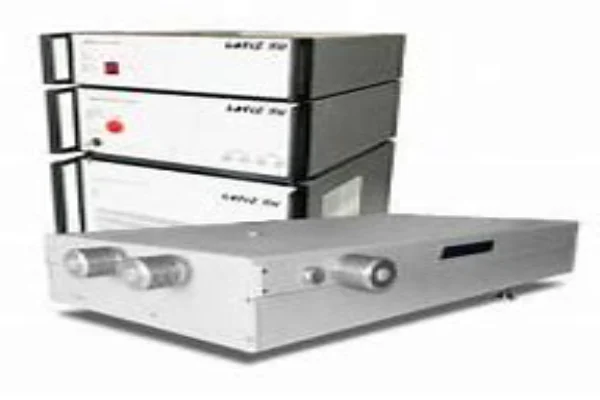
Other Optical Devices Utilizing Ti3+: Al2O3
Aside from lasers and optical fibers, Ti3+: Al2O3 is incorporated into various other optical devices. For example, the material’s superior optical properties are utilized in optical sensors, modulators, and oscillators. The widespread use of this material is testament to its high value in photonics.
Ti3+: Al2O3 in Optical Amplifiers
The use of Ti3+: Al2O3 in optical amplifiers has dramatically enhanced the efficiency of these devices. The crystal’s broad emission spectrum and high gain bandwidth enable it to amplify a wide range of wavelengths, ensuring that the signal remains strong even over long distances.
Ti3+: Al2O3 in Optical Modulators
Optical modulators, devices that control light passing through them based on an external signal, benefit significantly from the unique characteristics of Ti3+: Al2O3. Its high saturation power allows these modulators to function effectively even in high-power optical systems, ensuring reliable performance.
Ti3+: Al2O3 in Optical Sensors
The robustness and adaptability of Ti3+: Al2O3 make it highly useful in optical sensors. Whether in environmental monitoring, biomedical applications, or industrial automation, the crystal’s excellent thermal conductivity and wide emission tuning range enable high-precision, reliable readings.
Ti3+: Al2O3 in Frequency Doublers
Frequency doublers are used to double the frequency, or halve the wavelength, of light. Ti3+: Al2O3, with its broad emission tuning range, has proven to be a versatile tool in these applications. Its capacity to function efficiently across a wide spectrum of frequencies significantly broadens its applicability in these devices.
Emerging Applications of Ti3+: Al2O3 in Optical Devices
As we continue to innovate in optical technologies, the unique properties of Ti3+: Al2O3 will undoubtedly open up new possibilities. Anticipated future applications include quantum communication devices, advanced imaging systems, and novel light sources. This truly highlights the remarkable versatility and potential of this material in the realm of optical technology.
The Future of Ti3+: Al2O3 in Optical Technology
Looking ahead, we foresee the importance of Ti3+: Al2O3 only growing. The quest for more efficient, reliable, and versatile optical devices will likely continue to drive research and development around this remarkable material.
Ti3+: Al2O3 in Quantum Technologies
In the rapidly emerging field of quantum technologies, we expect Ti3+: Al2O3 to play a significant role. Quantum communication and quantum computing will require highly efficient, reliable optical systems. The exceptional properties of this material, particularly its wide emission tuning range and high saturation power, make it an excellent candidate for these future technologies.
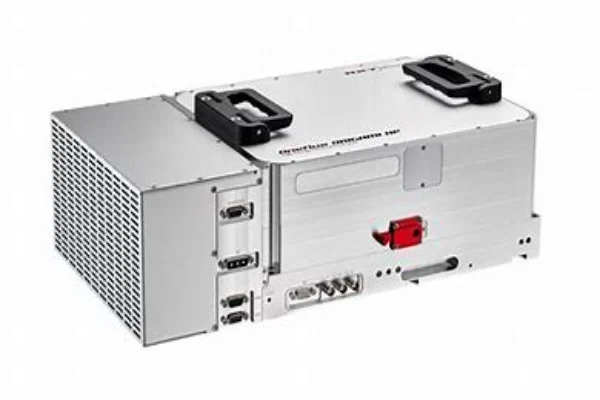
Ti3+: Al2O3 in Sustainable Energy Systems
The move towards sustainable energy systems will likely involve innovative optical technologies. Ti3+: Al2O3, with its high thermal conductivity and robustness, could contribute significantly to the development of photovoltaic and thermophotovoltaic systems, helping to harness solar energy more efficiently.
Ti3+: Al2O3 in Advanced Medical Equipment
As the medical field continues to advance, so will the need for more precise and efficient optical devices. Ti3+: Al2O3, with its unique optical properties, has the potential to contribute to advancements in medical imaging, diagnostics, and treatment delivery systems, making healthcare more precise and personalized.
Ti3+: Al2O3 in Space Technologies
The exploration of space poses unique challenges for optical technologies. Ti3+: Al2O3, with its excellent thermal management properties and high saturation power, is well-positioned to meet these challenges. From advanced communication systems to observational telescopes, this material holds great promise for future space technologies.
Ti3+: Al2O3 in Smart Cities and IoT
As we move towards smarter, more connected cities, the role of Ti3+: Al2O3 in the Internet of Things (IoT) will likely expand. It could play a key role in developing smart sensors and communication systems, facilitating efficient and seamless connectivity in urban environments.
Indeed, the future of Ti3+: Al2O3 in optical technology looks incredibly promising, holding the potential to revolutionize various sectors from quantum technologies to space exploration, and beyond.
Conclusion
In conclusion, the unique optical properties of Ti3+: Al2O3 make it indispensable in the realm of optics. Its wide emission tuning range, high saturation power, and exceptional thermal conductivity enable its use in a range of devices, from lasers to optical fibers and beyond. As we continue to innovate in the field of photonics, the significance of Titanium Sapphire is set to further increase.
FAQs
- 1. Why is Ti3+: Al2O3 preferred in tunable lasers?
- Ti3+: Al2O3 is preferred due to its vast tunability and high gain bandwidth, which allows to produce ultrafast pulses.
- 2. What role does Ti3+: Al2O3 play in optical fibers?
- Ti3+: Al2O3’s superior light-guiding properties significantly improve the performance of optical fibers.
- 3. Which optical properties of Ti3+: Al2O3 stand out?
- Its wide emission tuning range, high saturation power, and exceptional thermal conductivity stand out among other properties.
- 4. Apart from lasers and optical fibers, where else is Ti3+: Al2O3 used?
- Ti3+: Al2O3 is used in various other optical devices such as sensors, modulators, and oscillators.
- 5. How does the future look for Ti3+: Al2O3 in optical technology?
- The future looks promising. The quest for more efficient, reliable, and versatile optical devices is likely to drive further research and development around this material.

Frank
Frank graduated from the University of Shanghai for Science and Technology, majoring in optics. As a technical engineer at Crylink Company, he deeply understands crystal materials and laser components.
Related Video(s) with this Article
Related Product(s) with this Article
Related Application(s) with this Article
